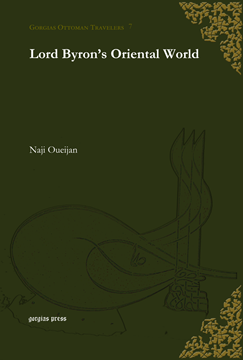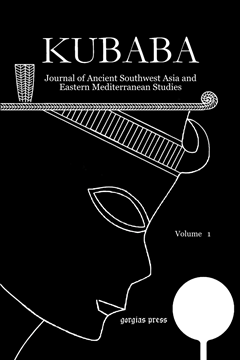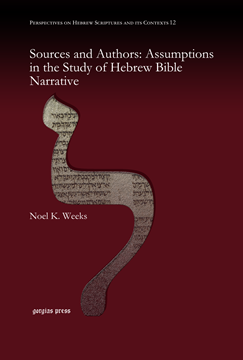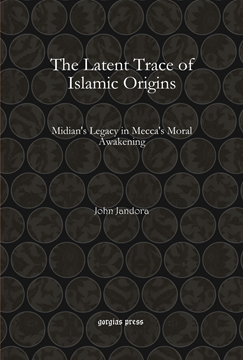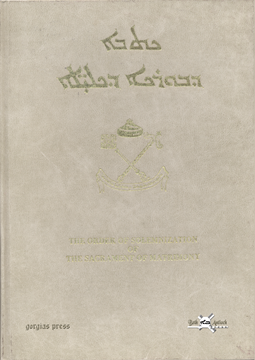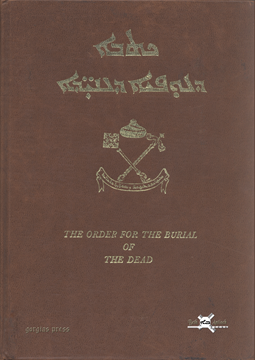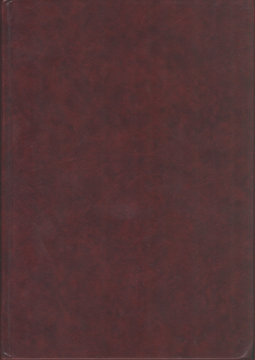Lord Byron’s Oriental World
Series: Gorgias Ottoman Travelers 7
ISBN: 978-1-4632-0157-9
The book is a collection of eleven articles written by the author about Lord Byron’s personal and literary involvement in Oriental life and creativity. Byron’s genuine Oriental scholarship provides the platform upon which the articles are based. The authentic images of the East and the West in Byron’s Oriental tales and some of his major works, Don Juan and Childe Harold’s Pilgrimage, are analyzed to expose the influences of both worlds on his personal life and career.
$167.00 (USD) $100.20 (USD)
Journal of Anthropology
Printed Edition
Edited by Marco Menicocci
Series: Antrocom: Journal of Anthropology 6
ISBN: 978-1-4632-0051-0
AOJA is an multilingual European project that collect studies in the fields of physical and cultural anthropology, and of the disciplines related to. It offers original researches by scholars of merit and young researchers, with particular attention to proposals by Asian and developing countries authors.
$75.00 (USD) $45.00 (USD)
Kubaba 1 (2010)
Journal of Ancient Southwest Asia and Eastern Mediterranean Studies
Series: Kubaba 1
ISBN: 978-1-4632-0144-9
Kubaba is a peer-reviewed journal which specializes in the geographical region of Southwest Asia, the Eastern Mediterranean, and the Aegean before the Classical Era. It publishes articles, notes, news and reviews.
$52.00 (USD) $31.20 (USD)
Manchester Journal of Jewish Studies (2010)
Editors Daniel R. Langton & Renate Smithuis
ISBN: 978-1-4632-0055-8
Melilah is an interdisciplinary peer-review journal concerned with Jewish law, history, literature, religion, culture and thought in the ancient, medieval and modern eras. Contributors (2010) include Simon Mayers, Z. Yaakov Wise, Ed Kessler, Hyam Maccoby, and Glenda Abramson.
$57.00 (USD) $34.20 (USD)
Assumptions in the Study of Hebrew Bible Narrative
ISBN: 978-1-4632-0034-3
The foundational period of Hebrew Bible scholarship promulgated the assumption that the original “authors” were incapable of the sophisticated literary technique displayed in that work. Complexity was ascribed to a later stage. Yet in that later stage the supposedly more sophisticated redactors were unable to see blatant contradictions and redundancies. This work investigates Genesis, Judges, Samuel, Kings, and Chronicles looking at how the message conveyed has been misunderstood through assumptions about the capacities and intentions of original writers. It shows how retaining the assumptions about the inability of early writers inevitably leads to conclusions of a late provenance.
$206.00 (USD) $123.60 (USD)
The Latent Trace of Islamic Origins
Midian’s Legacy in Mecca’s Moral Awakening
By John Jandora
ISBN: 978-1-60724-045-7
This work presents a putative reconstruction, testing the hypothesis that Islam is historically linked to Jewish Christianity. The argument takes the Qur’anic text to be a valid start-point for historical inquiry and reconstructs from biased views of Jewish Christianity the notion of an enduring Nasorean movement. The effective link between the Nasorean movement and the Meccan religious awakening is the preaching of the Qur’anic Prophet Shu’ayb in Midian, on the border of Arabia.
$176.00 (USD) $105.60 (USD)
The Sacrament of Holy Baptism
According to the Ancient Rite of the Syrian Orthodox Church of Antioch
Translated by Murad Barsom; Edited by Mor Athanasius Yeshue Samuel
Series: Syriac Liturgies for Worship 4
ISBN: 978-1-61143-958-8
A bilingual edition (Syriac and English) of the service of baptism as used by the Syriac Orthodox Church today.
$149.00 (USD) $89.40 (USD)
The Order of Solemnization of the Sacrament of Matrimony
According to the Ancient Rite of the Syrian Orthodox Church of Antioch
Translated by Murad Barsom; Edited by Mor Athanasius Yeshue Samuel
Series: Syriac Liturgies for Worship 5
ISBN: 978-1-61143-959-5
A bilingual edition (Syriac and English) of the service of matrimony as used by the Syriac Orthodox Church today.
$148.00 (USD) $88.80 (USD)
The Order of the Burial of the Dead
According to the Ancient Rite of the Syrian Orthodox Church of Antioch
Translated by Murad Barsom; Edited by Mor Athanasius Yeshue Samuel
Series: Syriac Liturgies for Worship 6
ISBN: 978-1-61143-960-1
A bilingual edition (Syriac and English) of the service of burial as used by the Syriac Orthodox Church today.
$165.00 (USD) $99.00 (USD)
M’ade’dono The Book of the Church Festivals
According to the Ancient Rite of the Syrian Orthodox Church of Antioch
Translated by Murad Barsom; Edited by Mor Athanasius Yeshue Samuel
Series: Syriac Liturgies for Worship 7
ISBN: 978-1-61143-961-8
A bilingual edition (Syriac and English) of the church festivals (Christmas, Epiphany, presentation to the temple, Palm Sunday, Maundy Thursday, Good Friday, Easter, Pentecost, etc.) as used by the Syriac Orthodox Church today.
$212.00 (USD) $127.20 (USD)
